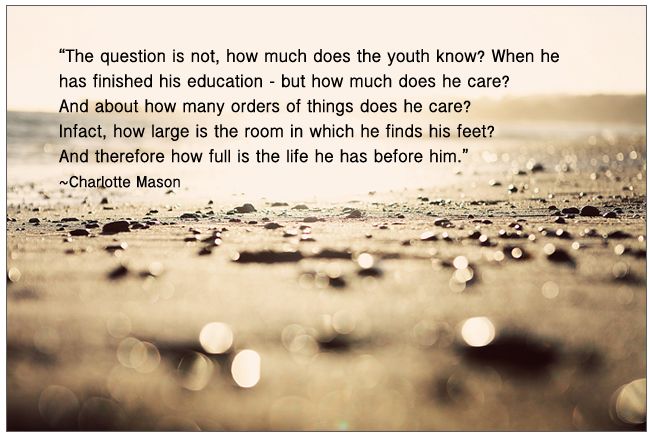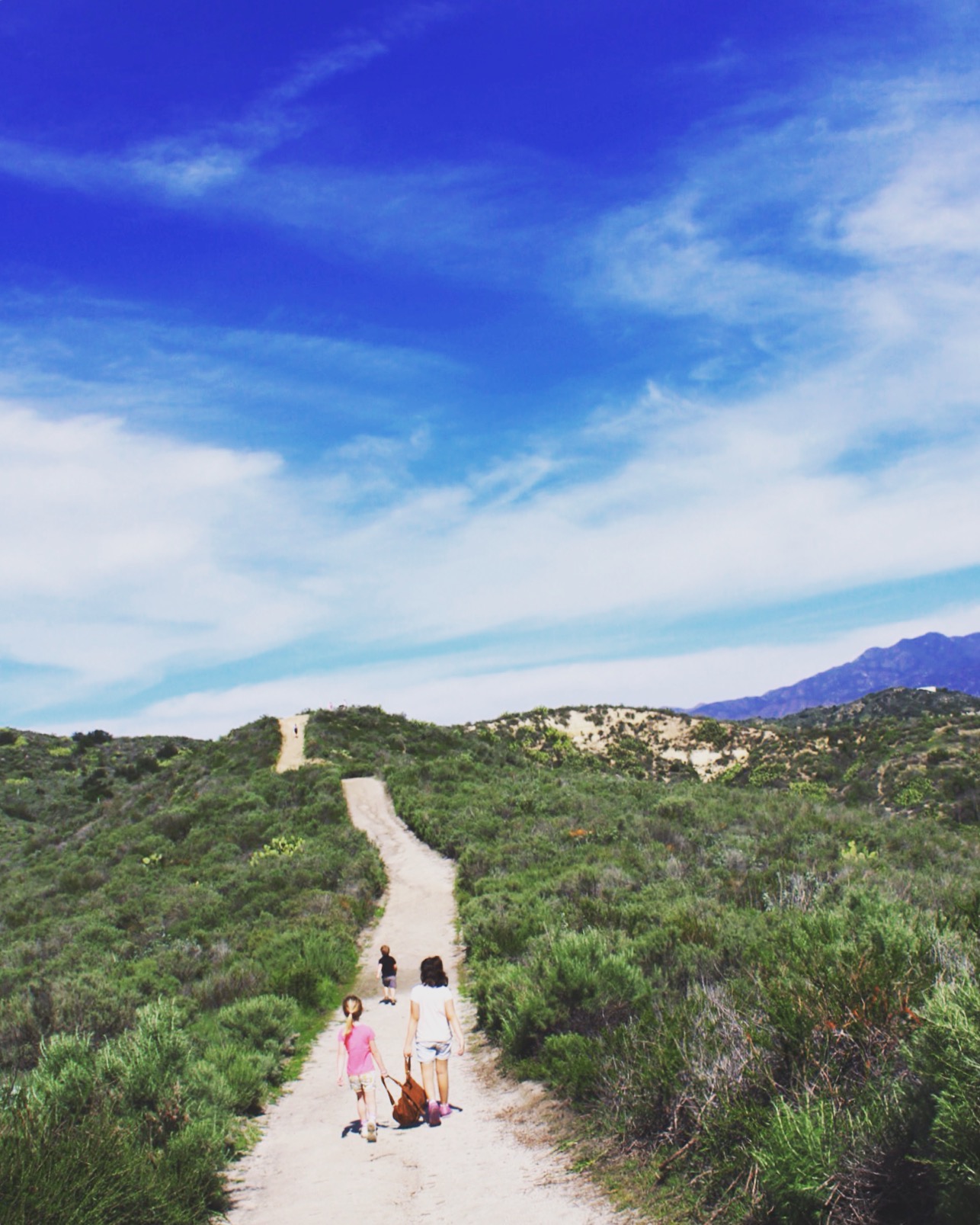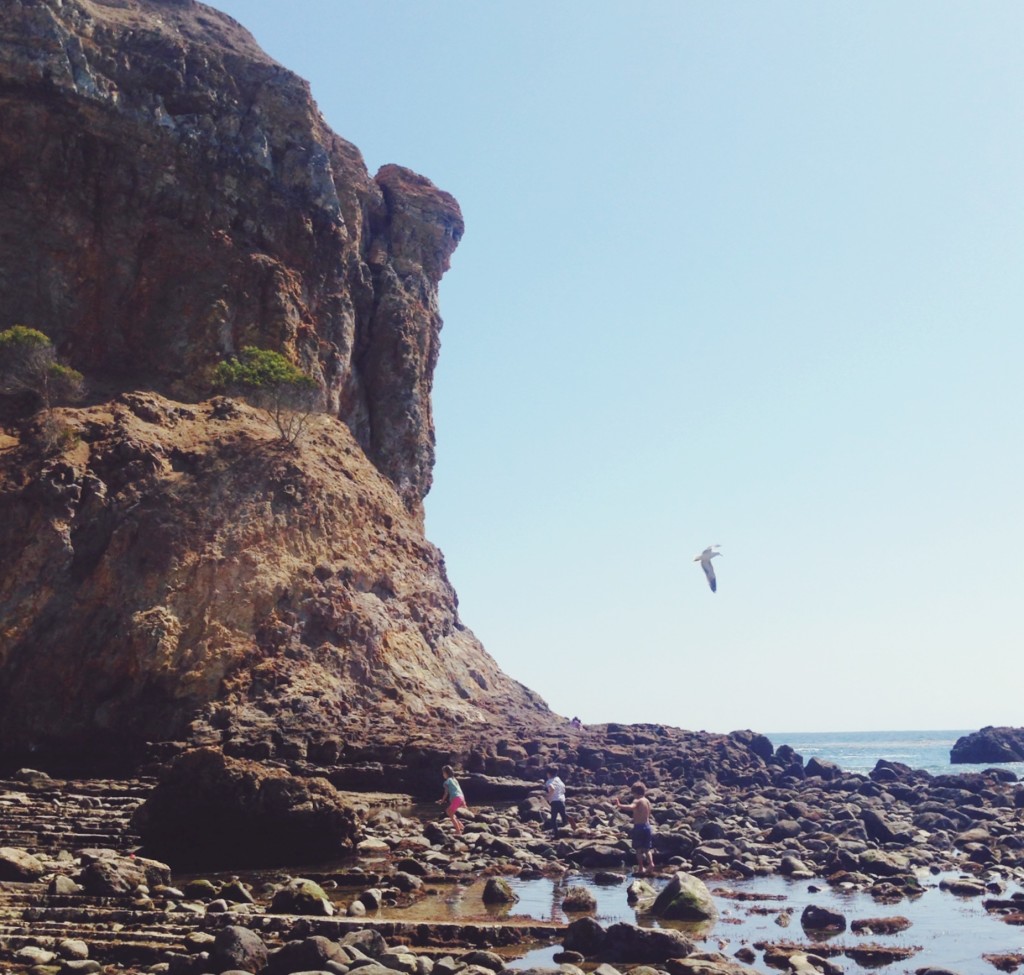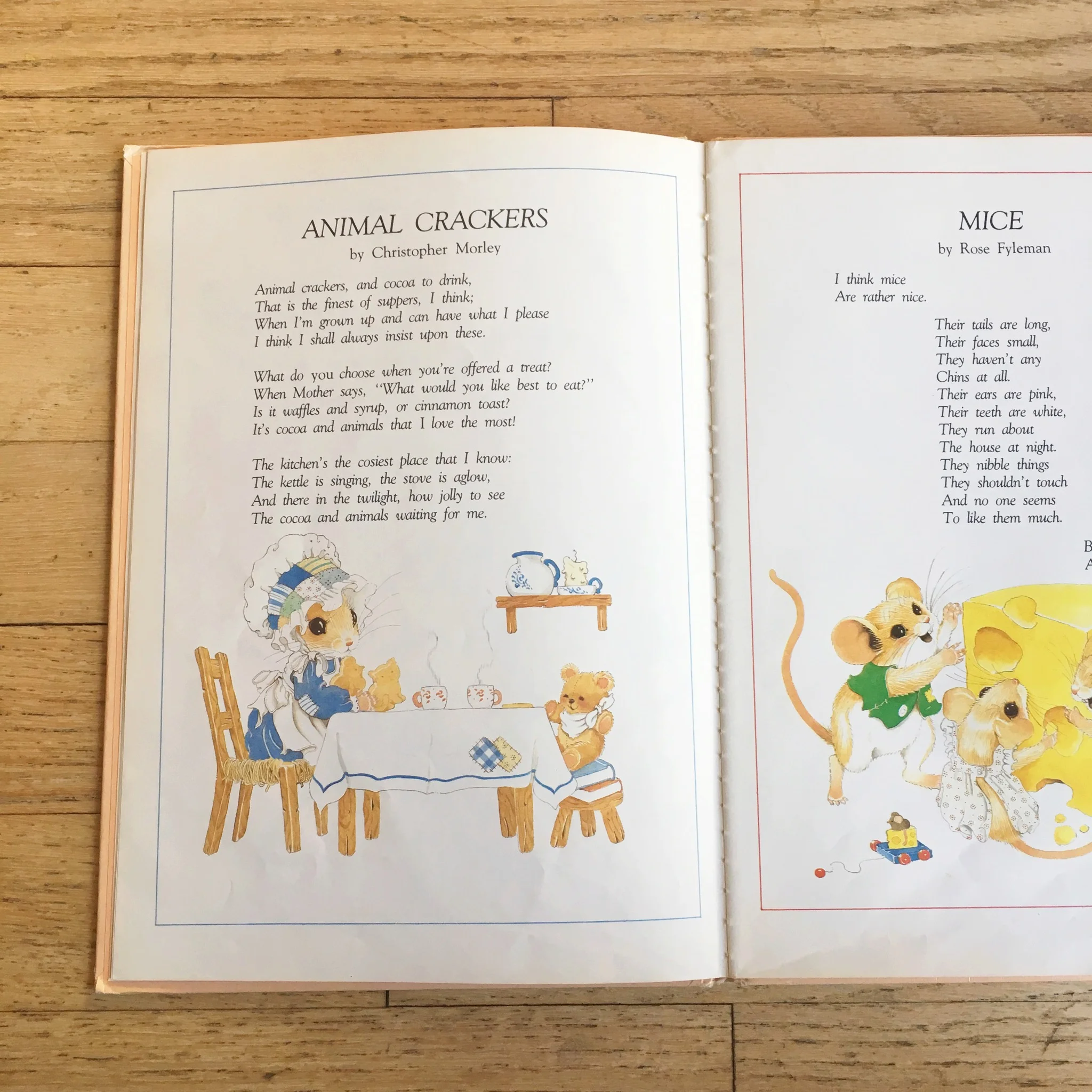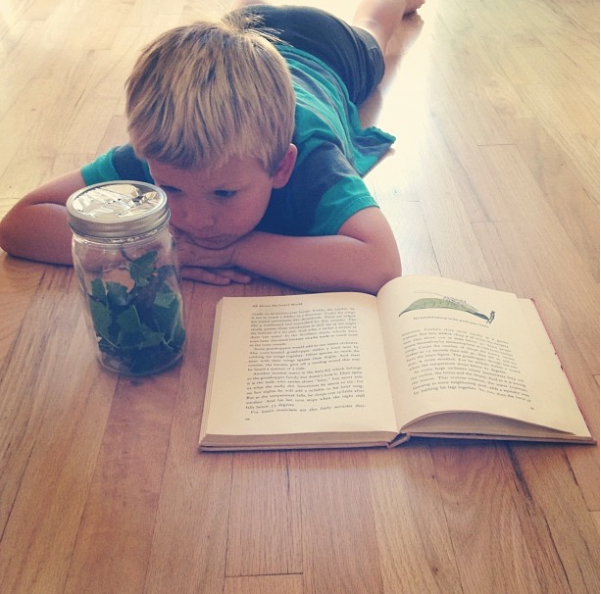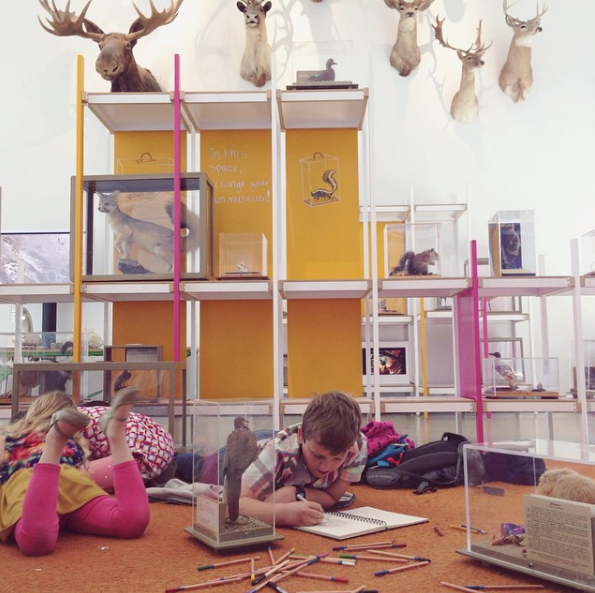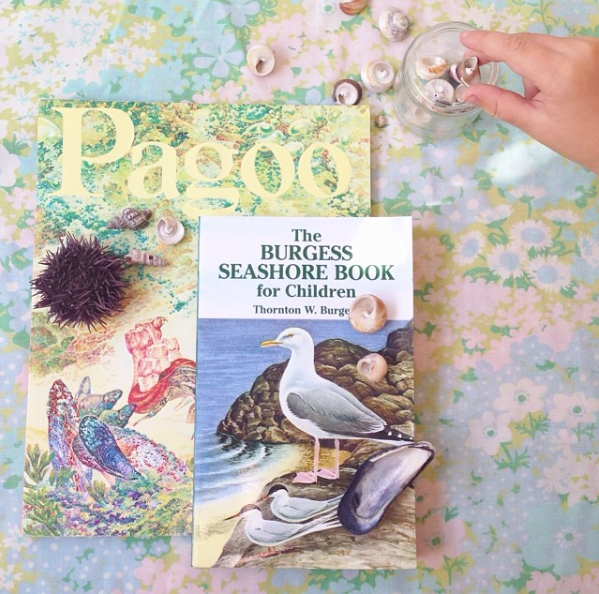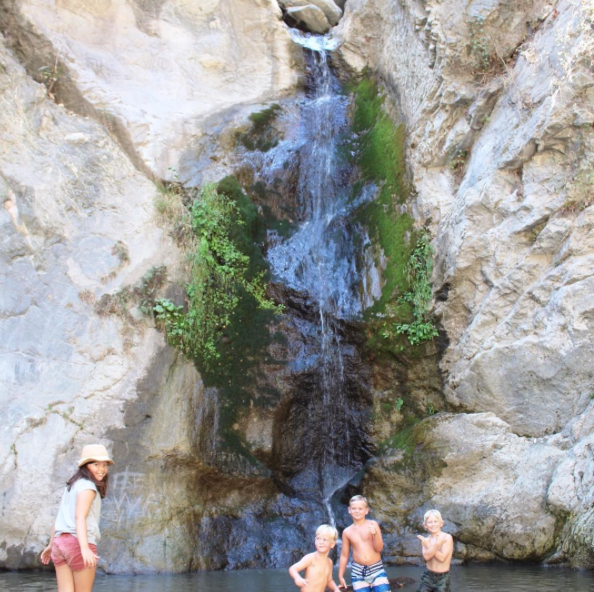I went horseback riding today with the ladies in my book club. After I got the hang of what I was doing, I had an hour to sit on my horse, watch the world go by, and think. Here’s what came to mind as I sat atop my horsey, Trigger.
“When was the last time you did something for the first time?”
There were 2 girls in our group today who had never ridden a horse. And most of the rest of us hadn’t ridden since we were kids. It was a little bit scary. As we lined up to get on our horses, there were nervous giggles, talk of upset tummies, of courage draining by the minute, and a couple, “why did I say I’d do this ?”
Once we started off, I alternated between, “i love this!” And, “this is going to be the longest hour of my life!” I wasn’t the only one feeling that way. But guess what? After a while, it was really, really fun. For all of us.
Trying new things is so important.
It’s important for me as a person.
It makes me more interesting.
It helps me grow.
But right now, I think it is most important for me as a mother.
A while back, when I was trying to find the kind of exercise that I enjoyed doing, I took some aerobics classes. My performance was laughable. And what I mean is, I was so bad that the instructor laughed at me. I just could not get the hang of it. It really was hard for me. And sometimes frustrating, and sometimes embarrassing.
At the exact same time, I was trying to teach my son to read. He was struggling. There were times when I wanted to throw the books across the room and give up. I wanted him to just get it, because it surely could’t be this hard. Sometimes I even wondered if he was really trying.
One night in aerobics class, as I went the wrong way again, I suddenly understood how my son felt. And I had so much compassion and empathy for him that it brought tears to my eyes. He was trying. But it was hard. And that was OK. It was going to take a while. And that was OK too.
We expect a lot from our kids. For example: “Stand in front of that hard ball, that’s coming at you really fast and hit it with this little stick. Don’t be scared! And if it hits you, don’t cry!”
Or, “go into that group where you don’t know a soul, and talk to people and make friends, and I’ll pick you up in an hour. Don’t be clingy!”
Or, “sound out these letters into words, and read them quickly, out loud, and in front of people. And you better do it before you are 6. Don’t mess up! And don’t get frustrated!”
Of course it’s imperative for us to encourage our kids to try new things, to meet new people , and to learn new skills. But we must show them kindness and gentleness during the process. We need to give them grace when it’s hard. We need to hug them and say, “it’s OK to be scared.”And we need to know where they are coming from. Like Atticus Finch said, “you never really understand a person until you consider things from his point of view…until you climb into his skin and walk around in it.”
So go for it.
Be the new kid.
Be a beginner.
Be not good at something.
Struggle.
Be scared.
It will help you understand your kids better.
It will help you love your kids better.
(And after a little while, you might even start having fun.)
I love this quote buy Madeleine L'Engle about the value of remembering what it is to be a child, or a teen. She is so right. We can't forget our child like selves as we parent our our children. It allows us to parent with empathy and grace and compassion. Those are critical things to loving our children well.
“I am still every age that I have been. Because I was once a child, I am always a child. Because I was once a searching adolescent, given to moods and ecstasies, these are still part of me, and always will be... This does not mean that I ought to be trapped or enclosed in any of these ages...the delayed adolescent, the childish adult, but that they are in me to be drawn on; to forget is a form of suicide... Far too many people misunderstand what *putting away childish things* means, and think that forgetting what it is like to think and feel and touch and smell and taste and see and hear like a three-year-old or a thirteen-year-old or a twenty-three-year-old means being grownup. When I'm with these people I, like the kids, feel that if this is what it means to be a grown-up, then I don't ever want to be one. Instead of which, if I can retain a child's awareness and joy, and *be* fifty-one, then I will really learn what it means to be grownup.”




























